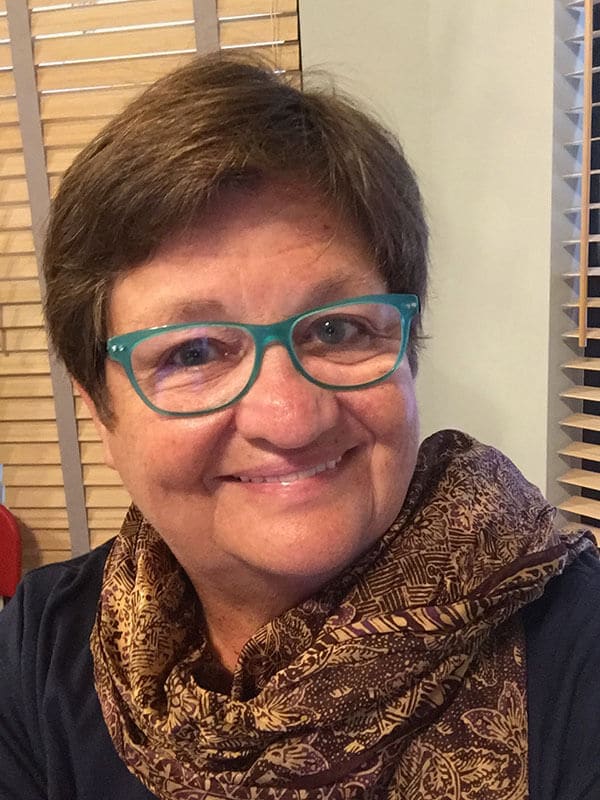
Making Room at the Table: Creating Inclusive Classrooms

Most of us teaching college today have encountered the drives and initiatives to create inclusive classrooms. The pandemic and debates over social justice have challenged many of us to examine and re-examine how and what we teach. Safety protocols, strong debates over the role of diversity, equity and inclusion in higher education may have left many teachers feeling burned out with adjusting.
With the enormity of changes in education, we sometimes need to take a breath and think about small changes we can make to yield big results for student success. James Lang writes in Small Teaching; we should consider taking “an approach that seeks to spark positive change in higher education through small but powerful modifications to our course design and teaching practices.”
I needed to find descriptions of what an inclusive classroom looks like or explanations of some of the terms used in these initiatives. I discovered this from the Office of Diversity and Inclusion at the University of Central Florida, “In an inclusive college classroom, the participants work together to create and maintain a climate of openness and respect that encourages individuals to share their perspectives and thought for the purposes of mutual understanding, growth, and development. Inclusive classrooms are welcoming, secure, diverse, and interactive. In an inclusive college classroom, instructors strive to be responsive to students as individuals with many intersectionalities, as well as cognizant of students’ uniqueness and value in relationship to the broader classroom culture.”
Intersectionality is the interconnection of social constructs such as race, class, and gender. And this construct applies to both individuals and groups. Intersectionality creates overlapping and interdependent systems that may foster discrimination and disadvantage, or conversely, may create privilege and entitlement.
How can we help our students develop attitudes that accept our differences and allow each individual room at our tables to be who they are, feeling comfortable, accepted, and welcomed? How do we address the almost infinite differences intersectionality creates with all the diverse opinions, ages, backgrounds, races, religious, sexual identities, gender identities and educational backgrounds, abilities and capabilities?
This just seemed absolutely daunting to me when I considered the vast and varied intersectionality presented in each of my students’ lives. However, after reading Lang’s Small teaching I felt more empowered to make changes in my teaching and course-room designs.
So, let me offer some tips on creating an inclusive classroom:
1. Vary teaching styles.
Use traditional methods as well as techniques such as collaborative learning, assigning students to diverse working groups. Encourage student to demonstrate mastery in varying ways such as portfolios, presentations, or oral exams.
2. Clear Ground Rules
Make sure your classroom policies assure safety for all and are clearly expressed from day one of the class. Detail unacceptable behaviors that would cause discomfort for others.
3. Evaluate the Classroom Curriculum
Examine both the content of your course for inclusivity as well as the accessibility features of that content, assuring students with challenges have equal opportunities to access the content.
4. Account for Implicit Bias
Even with our best efforts, we each bring bias and preconceptions to the tables of our classrooms. Using tools to re-examine potential blind-spots will help us reframe our own bias. For example, are we using idiomatic expressions that are incomprehensible to our students from other cultures? My husband is English Second Language, and I can assure you many of the phrases I’ve used all my life without thinking about them are lost or misinterpreted by non-native English speakers. I’ve felt this same disadvantage when traveling to my Spanish speaking family and have heard idiomatic expressions used in their cultures.
5. Acknowledge Students' Individuality
Flexibility is a hall mark of an inclusive focused teacher. No two students are the same. Learning your students’ names if possible is a great first step. Encourage a connection between yourself and your students by offering office hours either virtually or in person. Offer opportunities for students to share their personal experiences and perspectives to each other, encouraging a connection between peers. Be careful not to assign the role of spokesperson or poster child of a particular group. Remember that identities are constructed, and students may or may not identify with groups you perceive they belong to.
I’ll share Pearson’s method of addressing our content and tools to assure we are doing our best to create learning tools that represent all students’ needs and identities.
The Pearson Global Content and Editorial Policy outlines five challenges to content that are being examined and addressed regularly.
Challenge 1: Underrepresentation refers to the underrepresentation of people from groups that are marginalized, excluded, and stigmatized by society in our marketing, promotional material, and educational products.
Challenge 2: Exaggerated Negative Associations occur when negative characteristics, behaviors, or traits are associated with specific personal characteristics repeatedly and without merit. These are often associated with stereotypes and are informed by individual, structural, institutional, and societal biases.
Challenge 3: Limited Positive Associations refers to perpetuating a stereotype that on the surface may appear positive but in fact is limited or limiting. This is often done with good intent—for example, to disassociate individuals from marginalized, excluded, and stigmatized groups from negative portrayals.
Challenge 4: Missing Stories occurs when characteristics or attributes of people are marginalized by the systems and societies that are currently or historically world- dominant, both economically and politically. Typically, the contributions of marginalized people are rarely or only briefly presented or are presented in a context that is deliberate, indicating a level of exclusivity or subordination.
Challenge 5: The Problem Frame refers to a way of presenting individuals or groups as being helpless victims of their own disadvantage. This perspective ignores the reality that established systems, structures, and institutions have long granted social, economic, and political power to certain groups while leaving others powerless. The “problem frame” is often due to both distortions as well as accurate and sympathetic discussion, which labels the experience of individuals and groups in terms of their “disadvantage” and “oppression.”
I would challenge anyone reading these tips to take a few minutes and journal your experiences with inclusive course designs as well as noting where you find your own implicit bias and how you might work toward understanding how to continue the journey towards equity, making room at our educational tables for all.
About the author

Dr. Terri Moore
A native Floridian, Terri worked in North Carolina for 15 years, directing non-profit agencies primarily in the fields of health care and services. Terri moved into academia where she has taught in higher education for over 19 years, teaching communication courses first at Guilford Technical and Community College, completing her master’s degree in communication studies from the University of North Carolina at Greensboro. Returning to her native state, she taught communication and college success courses with Polk Community College as she completed her PhD in Psychology with an emphasis in social psychology.
As a dual credentialed professor with Eastern Florida State College, Terri has been teaching both psychology and communication courses for over 13 years, using Pearson products in classes first with MyLab® and continuing with Revel® as it expanded the list of authors and developed additional integrations such as Shared Media. She has taught extensively, both in face-to-face and online platforms, a wide range of communication and psychology courses, designing several master courses for online programs. She has been a freelance faculty advisor with Pearson for approximately 11 years, making the choice in 2019 to leave full-time academia for full-time employment with Pearson as a Revel faculty advisor for liberal arts.
A skilled presenter with excellent oral and written communication skills, Terri’s preferred research methods are qualitative with a special interest in social psychology and well-being across the life span. Most recently, she published an article based on her research of women choosing to make new committed relationships in later life.



